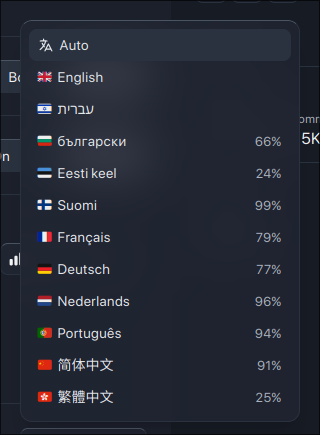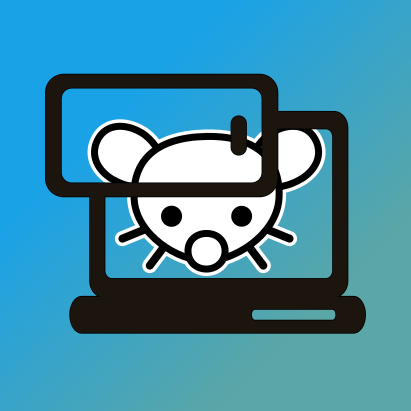This is applicable to almost any piece of software with text in it. When starting your new app, you should make sure you are using a separate language file for the strings in your app. This makes text reusable, and you can change it all in one place.
Once your app gains a community, if you did this, you can also get translators!
With Photon i made the massive mistake of hardcoding everything up until the app became massive, and my PR for un-hardcoding all the strings looks like this:

It was worth it though! Because the community has translated it into 11 languages!

We use I18n at work and it’s great. It’s a bit more cumbersome to write strings but then again I could write a key mapping for that I guess.
You’ve inspired me to contribute to translating your app into a new language!
There’s two approaches you can use here.
You can use a list of strings used in the app and have each string only occur once. Then using translation files you can translate each of those strings into another language.
This usually works fine, but has the downside of losing the context of a string. Context can matter a lot when translating, you often see this when the wrong translation is used, which is a correct translation but not for the context it’s in. It can also be tricky when two strings are the same not by definition, but by chance. When in another language those strings should not be the same, this can’t be resolved easily.
So for situations where a better translation is required another approach is used. Instead of strings directly, placeholders are used. These placeholders should be structured in such a way, the context is obvious and people could find where it’s used easily. These placeholders are also unique, where two strings that are the same by chance don’t use the same placeholder. Then for each language, including the “primary” language, a translation file is used. That translation file translates the placeholders into the correct string. For translating the translator uses the placeholders and the primary language file to translate the strings. Good tools for this exist that allow the same strings to be translated once, but show the context so the translator can decide to use different translations for the same string in a different context.
Using the placeholder approach is a bit more work and adds some overhead, but I’ve seen it used to produce awesome results. It prevents the pitfalls of the simpler approach.
How do you deal with the fear that contribution in languages you don’t know could be malicious/offensive? This is something that would scare me when reviewing contributions adding new languages
From another project I’ve contributed as translator, not as dev:. They had set up a completely different flow, translation tool, bug reporting, deployment, etc. The dev had basically nothing to do with it,except forwarding bug reports.
The tool landscape grew quite a bit in the last decade though, I think - pretty sure you can do the pull request / review between volunteers as well by now without issues. M
I’m French, so when building any GUI stuff I just tend to start from the beginning with both French and English languages, that way I have a reason for doing this from the start. I’m thinking I should also add Spanish, so that I can keep my admetedly low skills in Spanish.
Feel free to join the small !esp@lemm.ee for Spanish content
german is also a good one for discovering that long words break your UX :)
Unfortunately this is an issue for anyone visually impaired.
People just do not stop to think how difficult their UX is if people need very large fonts.
how difficult their UX is if people need very large fonts
What issue
s could th
at possibl
y cause?





